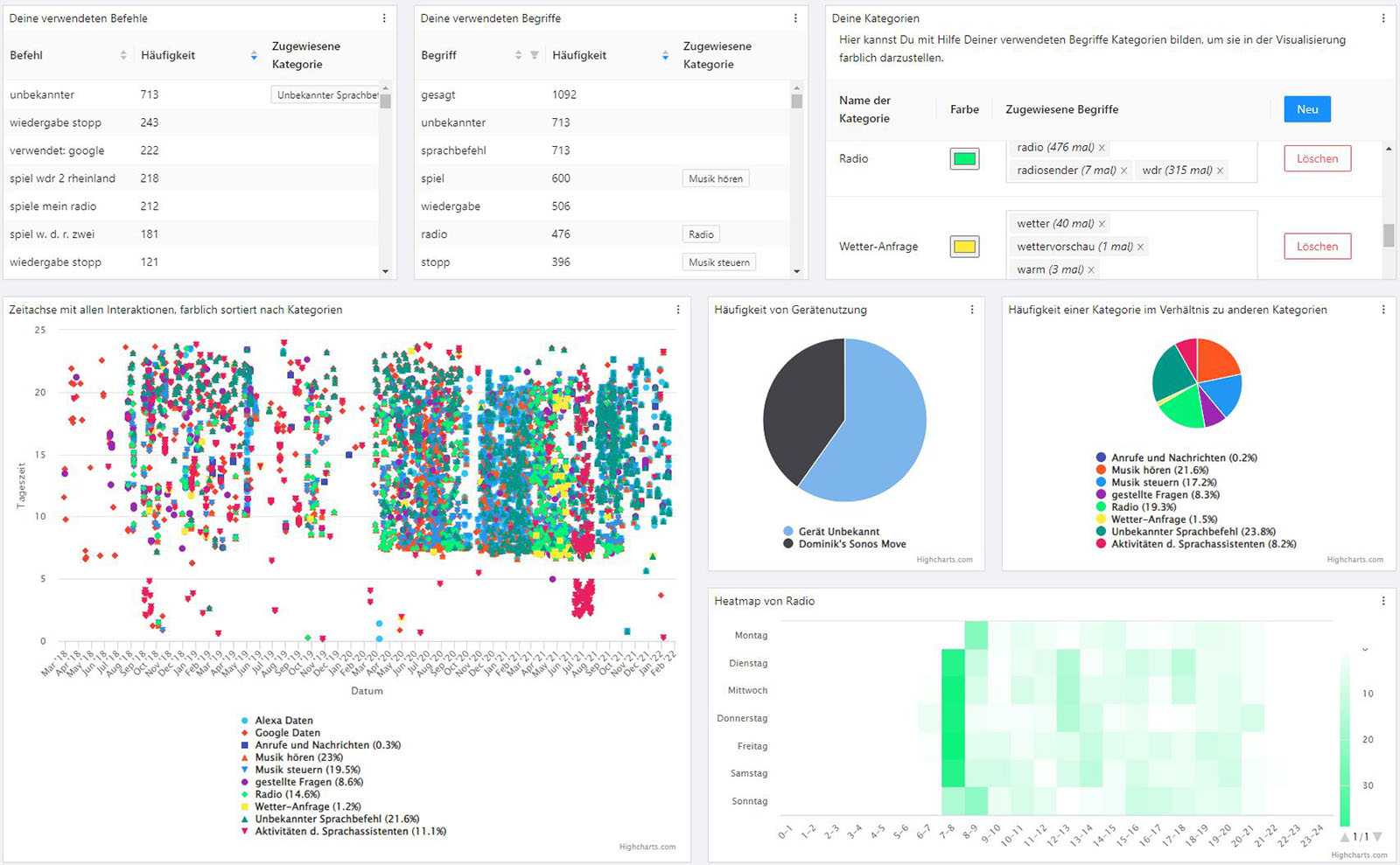新しい研究によると、現在の地球温暖化シナリオでは、インド亜大陸で深刻なモンスーン障害が発生する可能性が高いことが示された。 A new study indicates that severe monsoon failure in the Indian subcontinent is more likely under the current global warming scenario
2022-02-28 マックス・プランク研究所
Paleoclimate data retrieved from ocean sediment cores dating back 130,000 years show that sustained warming in the Indian Ocean during the Last Interglacial increased convective rainfall above the ocean, but weakened Indian Summer Monsoon rainfall on land.

Summer monsoon rainfall, India
© Gopesh Jha
The South Asian monsoon, also known as Indian Summer Monsoon (ISM), is crucial for the food security and socioeconomic well-being of 40 percent of the world’s population. From a historical perspective, fluctuations in monsoon rainfall have been linked to the rise and fall of civilizations in the Indian subcontinent. Now researchers are increasingly concerned that global warming may threaten the stability of the monsoon system, but accurate predictions have been hampered by the lack of long-term climate data in the Indian subcontinent.
A new study in the journal PNAS by a team of researchers from the Max Planck Institute for the Science of Human History, Kiel University and the Alfred Wegener Institute of the Helmholtz Centre for Polar and Marine Research, seeks to strengthen climate predictions by reconstructing Indian Summer Monsoon rainfall changes during the past 130,000 years.
The study reports for the first time that the Indian Summer Monsoon during the Last Interglacial was weakened by sustained high sea surface temperatures in the equatorial and tropical Indian Ocean, indicating that modern rises in sea temperature could increase droughts in South Asia.
Sedimentary biomarkers in paleoclimate archives: a window into the past
Solar radiation is often considered the primary influencer of the Indian Summer Monsoon’s intensity, with elevated solar radiation increasing humidity, wind circulation, and ultimately precipitation. Higher levels of solar radiation during the Last Interglacial should have therefore led to increased monsoon intensity, but this effect has never been verified with paleo-proxy data.
To reconstruct past Indian Summer Monsoon rainfall, the researchers analyzed a 10-meter-long marine sediment core retrieved from the northern Bay of Bengal, roughly 200 km south of the mouth of the Ganges-Brahmaputra-Meghna rivers. By analyzing the stable hydrogen and carbon isotopes in leaf wax biomarkers preserved in the sediment, researchers were able to track changes in rainfall during the planet’s last two warmer climate states: The Last Interglacial, which occurred 130,000-115,000 years ago, and the current warm period, the Holocene, which began 11,600 years ago.
Although solar insolation was higher during the Last Interglacial, isotopic analysis on leaf wax biomarker revealed that the Indian Summer Monsoon was actually less intense than in the Holocene. “This unexpected finding not only contrasts with paleoclimate model simulations,” says lead author Yiming Wang, paleo-climatologist at the Max Planck Institute for the Science of Human History, “but also challenges common assumptions that incoming solar insolation is the biggest factor in monsoon variability in a warm climate state.”
Sea surface temperature plays a dominant role
To identify the main driver of the monsoon’s rainfall during warm climate states, the researchers compared available reconstructions of past sea surface temperature from the Indian Ocean and found that the equatorial and tropical regions were 1.5-2.5 C warmer during the Last Interglacial period than during the Holocene. In addition, the researchers use paleoclimate model simulations to show that when the Indian Ocean’s surface temperature rose in the past, monsoon rainfall would decrease on land and increase in the sea above the Bay of Bengal.
“Our work strongly suggests that sea surface temperature plays a dominant role in shaping the Indian Summer Monsoon’s variability in South Asia,” says Wang, “and that higher surface temperatures in the Indian Ocean during the Last Interglacial period could have dampened the ISM intensity.”
An urgent need for understanding monsoon response in warm climate

Fishermen fishing in the Bengal flood plain.
© Pritam [CC0-Free to Use]
The team’s results indicate that, due to increasing sea surface temperatures in the Indian Ocean, Indian Summer Monsoon failures are likely to increase as well. To what extent sea surface temperature affects monsoon intensity in other tropical regions remains an open question.
“The obvious discrepancy between our data and prevailing climate model simulations underscores the importance of hydroclimate proxy records for understanding the range and rate of climate change in the past,” says Ralph Schneider, senior author of the study, paleoclimate researcher at the Institute of Geosciences and the Leibniz Laboratory for Radiometric Dating and Stable Isotope Research at Kiel University. “Our results show that, in addition to the effect of solar radiation on continents, the effect of ocean warming on precipitation intensity needs to be re-evaluated in climate models.”
“Changes in the hydrological cycle will affect agricultural land, natural ecosystems, and consequently the livelihoods of billions of people,” Wang emphasizes. “We therefore need to improve our understanding of the control mechanisms of summer monsoon rainfall to better predict weather extremes such as droughts and floods and devise adaptation measures. Time is of the essence, especially if ocean warming continues at the rate it is.”



